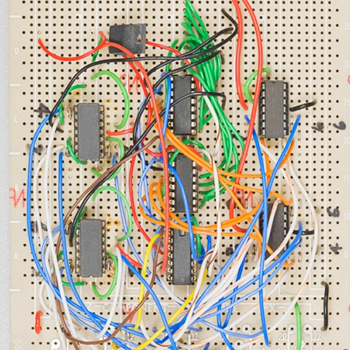When you think about the limitation, #lim_(n->oo) a_n#, don't forget that
#oo# is NOT a infinitely large #color(blue)"number"#, BUT a #color(red)"situation"# #n# is increasing infinitely.
[#color(red)"example1"#] Where does #n^2/n# go when #n# goes to infinity?
Here we must evaluate #lim_(n->oo)n^2/n#
It is true #lim_(n->oo)n=oo# and #lim_(n->oo)n^2=oo#, but if you think
#lim_(n->oo)n^2/n=oo/oo=1# you are wrong.
The situation shows #n^2# is growing much faster than #n# and thus the limitation cannot be #1#.
To solve this, you first need to #color(red)"reduce the fraction"# and then let #n->oo#.
#lim_(n->oo)n^2/n=color(red)(lim_(n->oo)n/1=lim_(n->oo)n=oo)#
is the correct way.
[#color(blue)"example2"#] What is #lim_(n->oo)(n-sqrt(n^2+2n))#?
You might think:
#lim_(n->oo)n=oo# and #lim_(n->oo)sqrt(n^2+2n)=oo# and #oo-oo=0#・・・Just wait! This is wrong again.
Here we should #color(blue)"ratonalize"# #n-sqrt(n^2+2n)#.
#lim_(n->oo)(n-sqrt(n^2+2n))=lim_(n->oo)((n-sqrt(n^2+2n))(n+sqrt(n^2+2n)))/(n+sqrt(n^2+2n))#
#=color(red)(lim_(n->oo)(-2n)/(n+sqrt(n^2+2n)))# ・・(A)
(A) is #oo/oo# again, so divide both numerator and denominator by #n#.
(A)#=color(blue)(-lim_(n->oo)2/(1+sqrt(1+2/n)))#
#=-2/(1+1)=-1# and this is the goal.
In general, #oo/oo#, #0/0#, #ooxx0#, #oo-oo#, #1^oo# or #oo^0# typed limitations are called #color(green)"indeterminate form"# and they cannot be calculated like numbers. They should be treated carefully.

